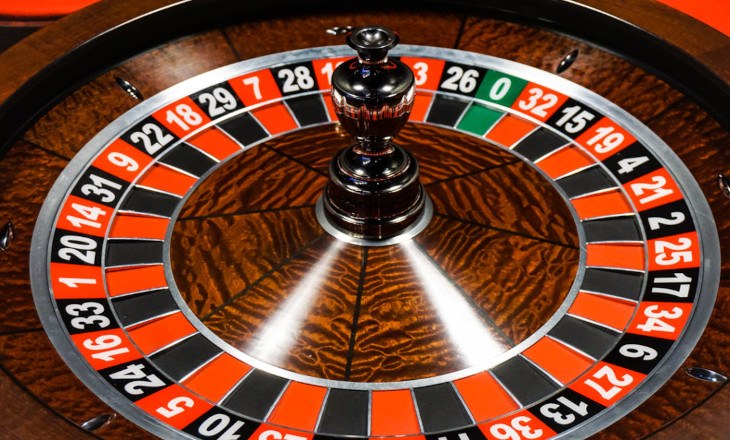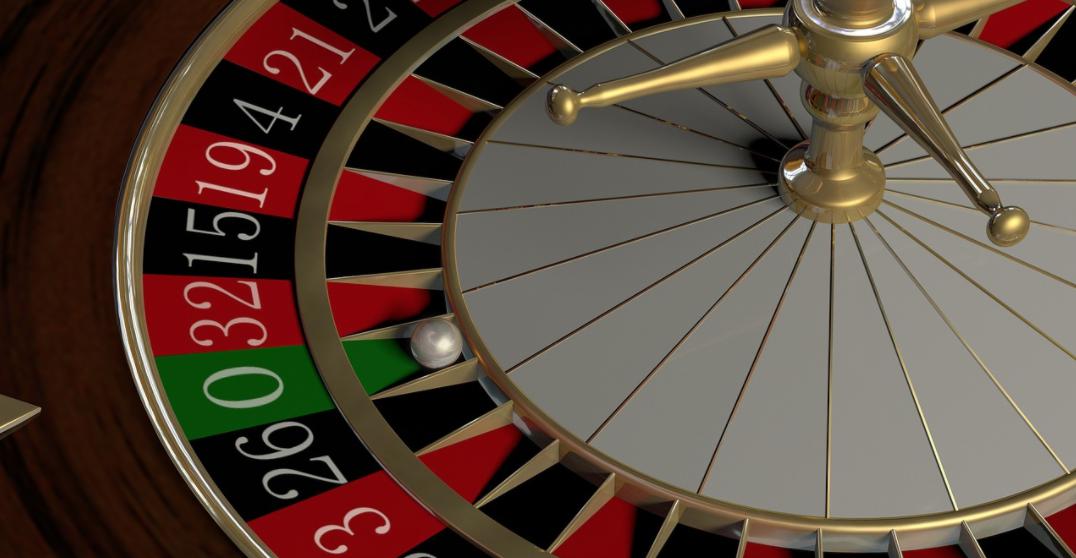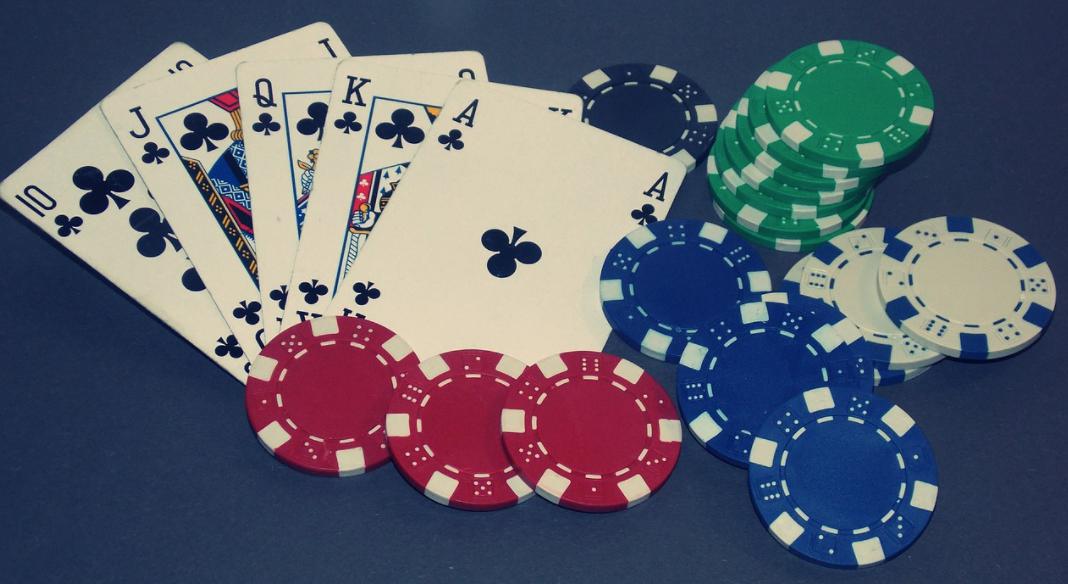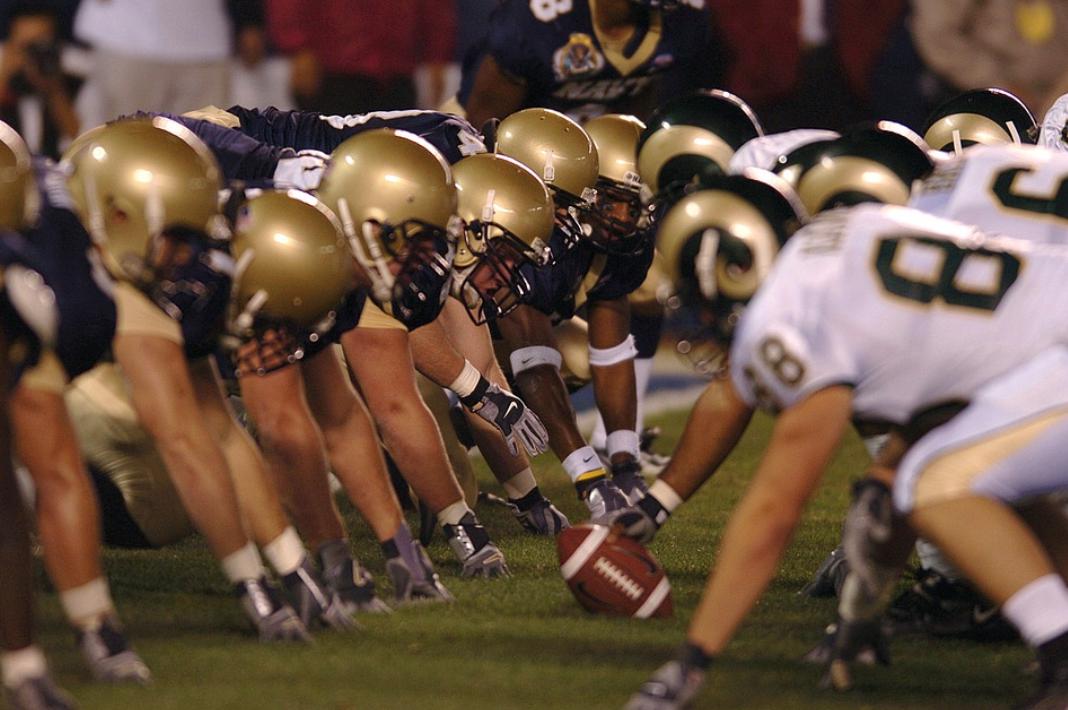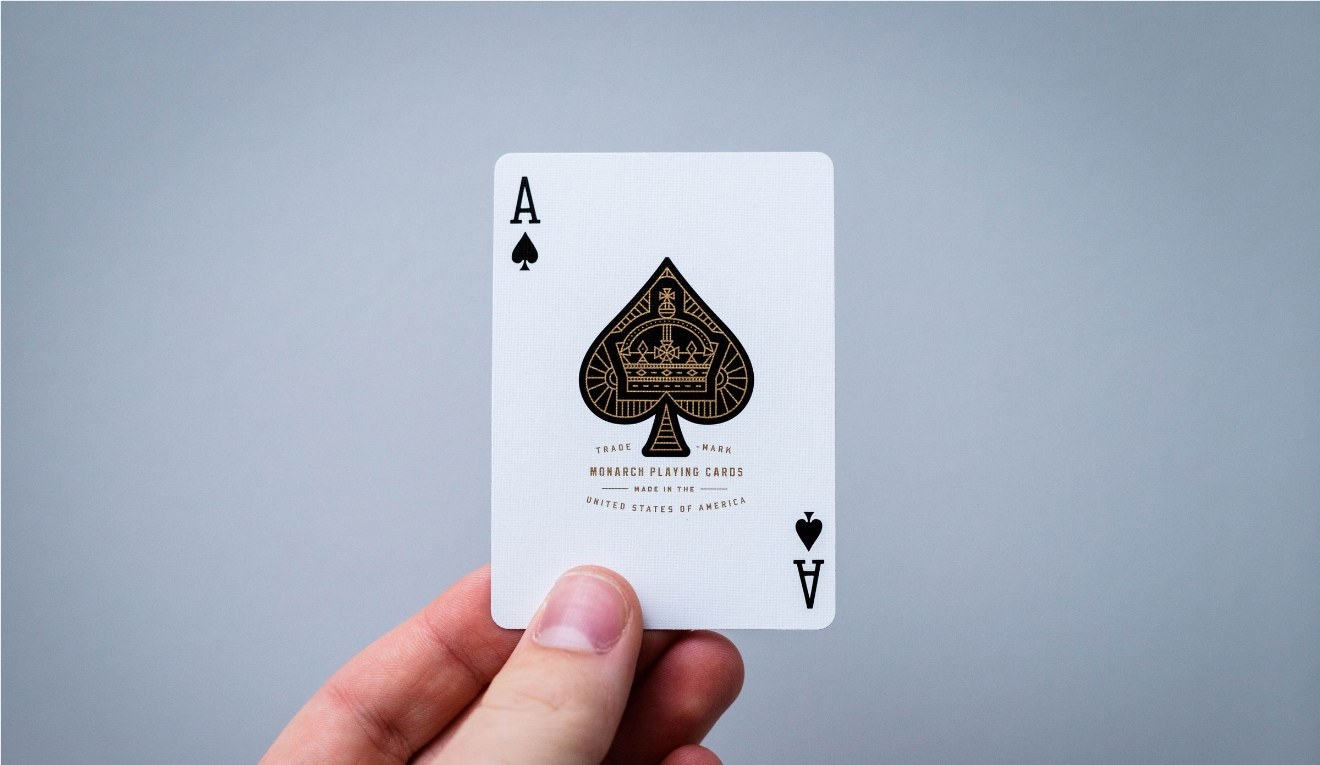Roulette systems that win more often than they lose can be as complex or as simple as you like.
Some involve multiple bets with different payoffs, each with a specific bet size. They can be as simple as making multiple bets with the same payoff.
Always be aware that when losses come, they are large than the wins. But the following systems win a lot more often than they lose and it's possible to put together some nice winning streaks and winning sessions.
James Bond Betting System: Whether Agent 007 ever used this system is a question for philosophers and movie buffs. The one thing we know for sure about Bond and roulette is that he wagered on No. 17 in "Diamonds Are Forever." It's said that for a time, 17 became the most popular number among roulette bettors.
As for the system named for him, it involves three bets with different payoffs
Let's use "units" instead of "dollars," "Euros" or any other currency. What's important is the ratio of the bet sizes. If your bets are of 1, 5 and 14 units, they can just as easily be $5, $25 and $70 as $1, $5 and $14. Size your bets so they fit comfortably within your bankroll and the amount you're willing to put at risk, but stay within the prescribed proportions.
The Bond system:
In the Bond system, you use those proportions to cover 25 numbers, as follows:
- Bet one unit on 0. The payoff on a winner is 35-1.
- Bet five units on the six-number double street 13-14-15-16-17-18. Winners pay 5-1.
- Bet 14 units on the last 18, numbers 19-36. Winners pay even money.
Your total risk is 20 units per spin of the wheel.
Imagine a perfect sequence in which the ball drops once into each number on the wheel. That would leave these results.
- On the 0, you'd win 35 units and keep your 1 unit wager for 36 units, a profit of 16 units for the spin.
- On each of the six double-street numbers, you'd win $25 and keep a $5 wager for $30, a spin profit of $10.
- On each of the 18 numbers in the last 18, you'd win 14 units and keep your 14-unit wager for $28, a spin profit of $8.
No matter which of your bets wins, you show a profit for the spin. And since you are covering 25 numbers, you're winning on 67.6 percent of spins on a single-zero wheel or 65.8 percent on a double-zero wheel.
However, on any loss, you lose the full 20 units. That's enough to enable the house to keep its 2.7 percent edge with one zero or 5.26 percent with 0 and 00.
Martingale betting progression
Many proponents of the Bond system combine it with a Martingale betting progression. They double their bets after any loss, and long losing streaks happen more often than most players realize. Bets get very large very fast. They run up against table minimums that make it impossible to keep doubling.
And even if the limits are high enough, players have to decide if it's really worth such large risks to bet back to a small profit. Double-up systems work more often than not, but when they don't, they are very costly.
Click here if you missed the first part of Winning Roulette Systems
Ultimate Roulette System:
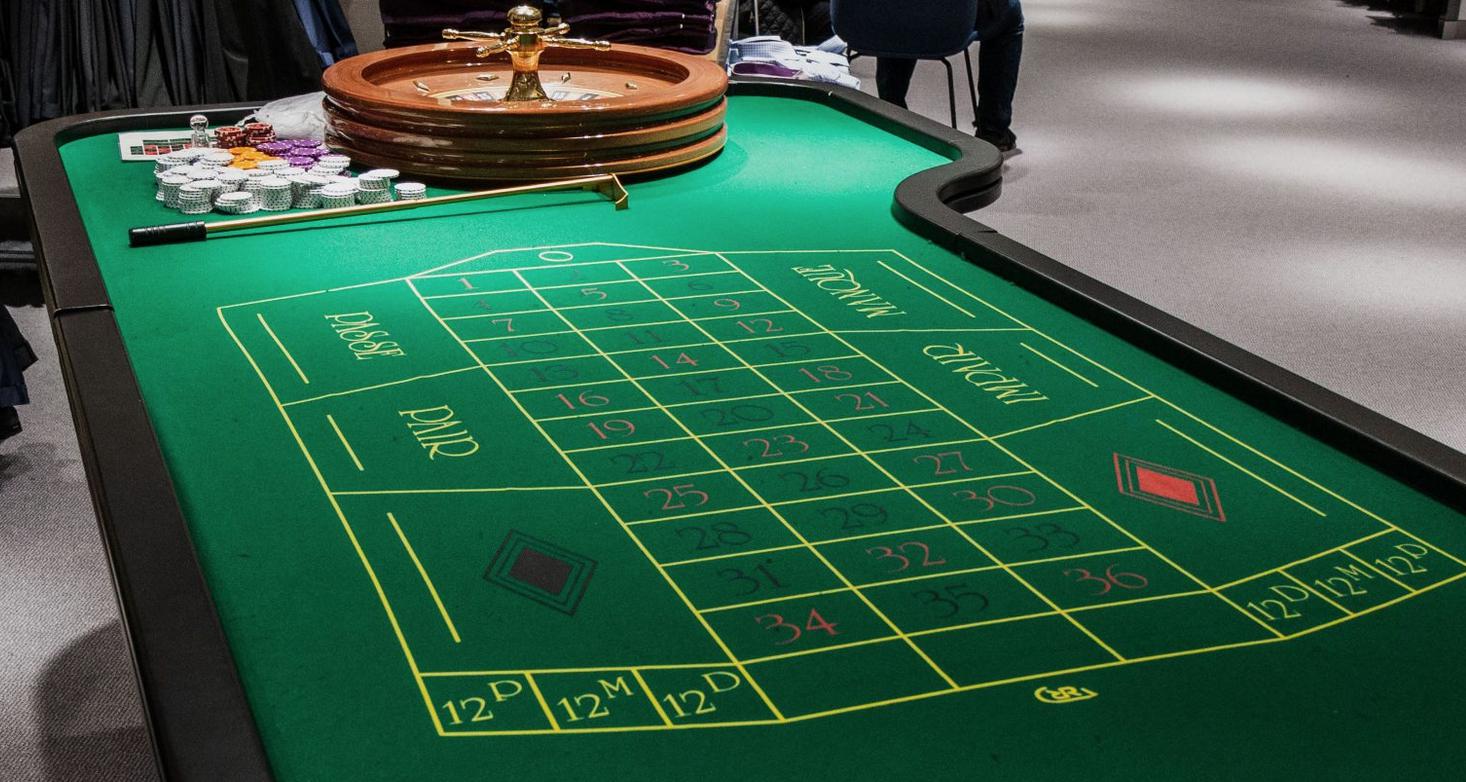
Never mind all those wagers where you can cover multiple numbers with a single bet. The Ultimate Roulette System relies on single-number bets. A lot of them.
- Choose 35 of the numbers from 1 through 36 and place a single-unit bet on each one of them. If the house minimum is $1, bets total $35. If you're a higher-roller, totals are in multiples of $35, so $70, $105 $140 and so on.
- That leaves only two losing spins on a single-zero wheel -- 0 and the number you don't select -- or three losers on a double-zero wheel -- 0, 00 and the number you don't bet.
- If you wish, you can bet on one of the zeroes and only 34 of the other 36. Odds are the same regardless of what numbers you pick.
- Any time you win, you're paid 35 units and keep your 1-unit wager on the winner. That gives you 36 units, one unit more than you risk. So any winner brings a 1-unit profit.
Problem is, you lose all 35 units on any loss.
With one 0, you win 35 times per 37 spins, or 94.6 percent. With 0 and 00, you win 35 per 38, or 92.1. That's a lot of winning, but the losses are big enough to keep the edge with the house.
Colors plus zero:
Designed for a single-zero wheel, Colors Plus Zero can adapted to double-zero games.
You start with betting 16 units on either red or black to cover 18 numbers. Then you'd attack the opposite color by betting one unit each on 14 numbers. Finally, you'd round it out with one unit on 0.
For example, if you bet on red, you might bet one unit on 0 plus one each on the black numbers 2, 4, 6, 8, 10, 11, 15, 17, 20, 24, 26, 29, 33 and 35. The only numbers not covered would be black 13, 22, 28 and 31.
The total risk is 31 units -- 16 on your color, then a total of 15 on the single numbers including 0.
If red wins, you'd get 16 units in winnings plus keep a 16-unit bet for a total of 32 units. That's one more unit than your betting total, so you have a one-unit profit.
If any of your single numbers wins, you get a 35-1 payoff -- 35 units in winnings plus you keep a one-unit wager. After bets are settled, you have 36 units for a five-unit profit.
You cover 33 of the 37 numbers that include 0, so you win 89.2 percent of the time. That's very appealing to players looking for frequent wins.
When you lose, however, you lose all 31 betting units. That overcomes frequent small wins and leaves the house with its normal 2.7-percent edge.
On a double-zero wheel, 00 would be a losing number along with the other four uncovered numbers. The system wins 86.8 percent of the time, but the losses are large enough to sink the system in the long run and give the house its 5.26 percent edge.
That's the way it goes with roulette systems that win more often than they lose. Frequent wins and winning sessions? Yes. Fun to play? Yes. A way to make money in the long run? No. Combination bets can't change the basic math behind the game.
Guides Similar to this Topic
